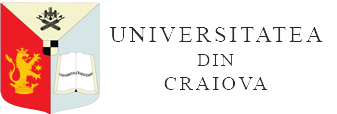STUDIES ON THE INFLUENCE OF THE PELICULAR MACERATION PROCESS ON THE QUALITY AND TYPICALITY OF SEMI-AROMATIC AND AROMATIC WINES
DOI:
https://doi.org/10.52846/aamc.v52i1.1356Abstract
Traditionally, when making white wines, the musts are subjected to clarification and settling, even those from harvests in perfect phytosanitary condition. The increasingly perfected technical and technological procedures, involved in the operation of clarifying and deburring the musts, lead to the total removal of undesirable impurities, but also of the small fragments of skins and core, the only carriers of varietal aromas specific to each variety. In such situations, wines lacking fruitiness, aromatic "expressiveness" and varietal typicality result. In order to avoid such inconveniences, recently investigations have been intensified on the topic of improving white winemaking technologies, showing that the pellicular maceration is particularly appropriate, especially when the grapes are, at the time of harvesting, in a perfect state phytosanitary and are well matured. By applying pellicular maceration, notable results are obtained in the vinification of semi-aromatic (Sauvignon) and aromatic (Muscat Ottonel) grapes, but significant improvements were also obtained when using grapes of "neutral" aromatic varieties, such as those belonging to the Chardonnay variety.


